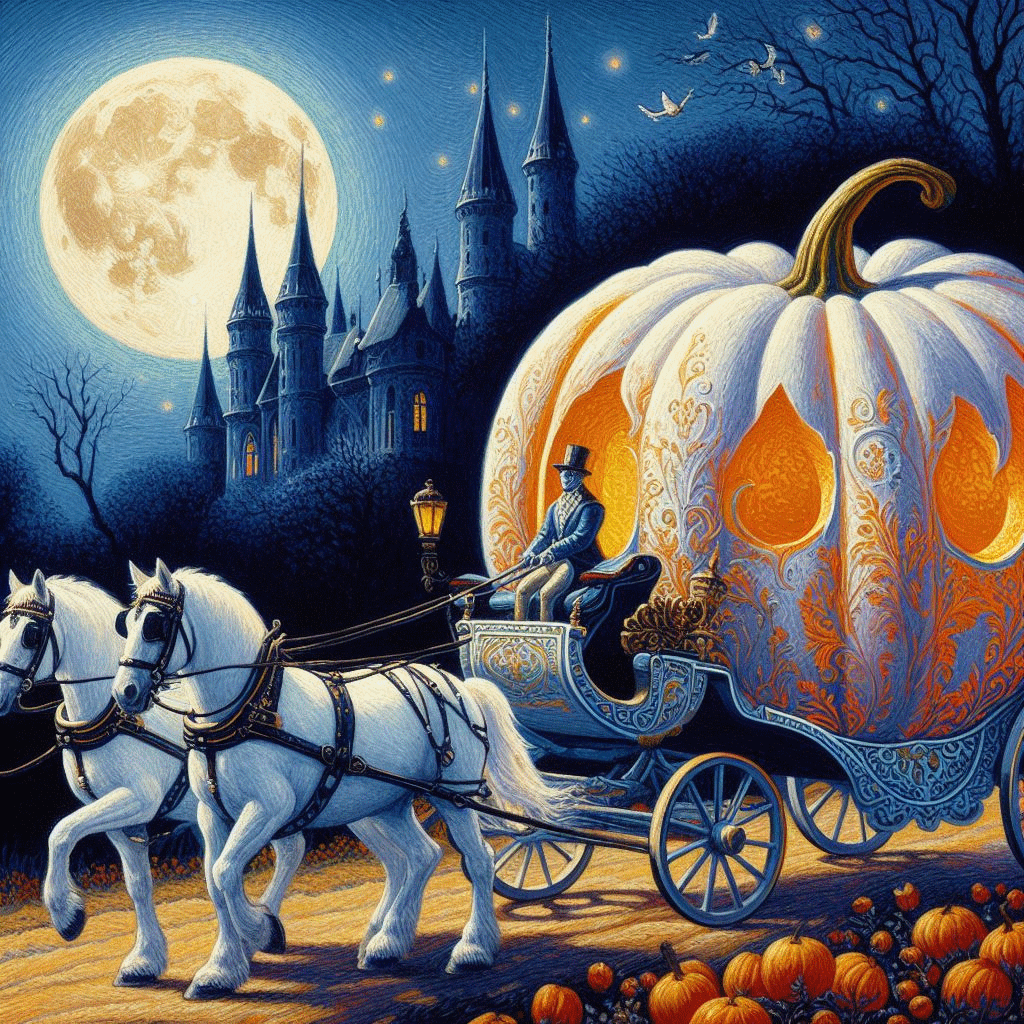Viardot’s Cendrillon in a New English Performing Edition - Press Release

Pauline Viardot’s Cendrillon
We are proud to announce the publication of a new English performing edition from composer Pauline Viardot (1821 - 1910). Her delightful 1904 salon opera Cendrillon is now available from Dr. Harry Dunstan and Kay Krekow of the American Center for Puccini Studies (ACPS), complete with an updated translation and new stage directions that will be sure to charm audiences young and old everywhere.
We here at JM Abbott Music have painstakingly prepared and engraved this new score for readability and, working closely with the ACPS, have corrected many of the mistakes present in the old Public Domain score currently available on IMSLP.
Description
Cendrillon, a salon opera composed by Viardot to her own original libretto, is an adaptation of the original Charles Perrault Cinderella fairytale with a few notable differences from the original story, making it fresh even for audiences who are very familiar with the pop culture versions.
- We learn Cinderella’s real name - Marie Pictordu
- The evil stepmother is replaced by a bumbling, absent-minded father with a sordid past
- The Prince falls in love with Marie while he is disguised as a beggar
- The Prince and his chamberlain swap identities during the palace ball
- The Fairy Godmother shows up at the ball and even sings a song for the audience along with other members of the cast.
- Called the petit concert, directors are free to improvise this scene completely - dialogue and musical numbers - to suit their cast. An example from an ACPS 2017 production is included in the score to help you brainstorm some ideas.
Unique to this English performing edition are some additional comedic interpolations in the score, dialogue, and stage directions, as well as an expanded backstory for the Fairy Godmother and her relationship to Marie and a few lines of expository dialogue in other scenes.
Viardot intended for this opera to be performed by her voice students in her private salon, and as such, it is well adapted to large performing venues or cozy living rooms in private houses. Additionally, most of the roles are well suited for students or young professionals who are just beginning their music careers. Cendrillon is also perfect for small music schools whose roster contains an abundance of young sopranos and may be short on tenors or baritones.
Not including intermissions, a performance of Cendrillon should run approximately 65 minutes.
For more specific and detailed information on the technical requirements of ACPS’s Cendrillon, you may refer to Jacquelyn Abbott’s 2020 disseration “Short Operas for Educational Settings: A Production Guide”, Chapter 3 (Page 30).
Cast
| Character | Voice Type | Range |
|---|---|---|
| Marie, called Cendrillon (Cinderella) | Soprano | D4-D6 |
| Le prince Charmant (Prince Charming) | *Tenor | D3-C5 |
| Maguelonne, one of Marie’s sisters | Soprano | C4-B5 |
| Armelinde, one of Marie’s sisters | Mezzo-soprano | A3-A5 |
| Le baron Pictordu, Marie’s father | Baritone | B♭2-F4, opt. G2-F4 |
| La Fée (Fairy Godmother) | Coloratura Soprano | E♭4-C6 |
| Le comte Barigoule, head chamberlain | *Tenor | D3-A♭4 |
| Party guests and servants | Chorus |
- If tenors are in short supply, the Prince and Barigoule may also be played up an octave as “pants” roles by a soprano and mezzo-soprano, respectively.
- Even when not specifically indicated, principals typically join the chorus for all numbers.
Orchestration / Accompaniment
This edition is intended to be accompanied by a solo pianist, just as Pauline Viardot originally wrote it. Some of the comedic stage instructions require the performers to break the fourth wall and interact directly with the pianist, who should be visible to the audience and preferably on-stage during the performance. Other minor sound effects such as a gong or cymbal (a tam-tam in the original score) may be played by stage crew or sound technicians.
Performing Rights and Persual Scores
For performing rights to this edition of Cendrillon, or for copies of perusal scores, please visit the American Center for Puccini Studies at their website. You may also contact us first and we will put you in touch!

